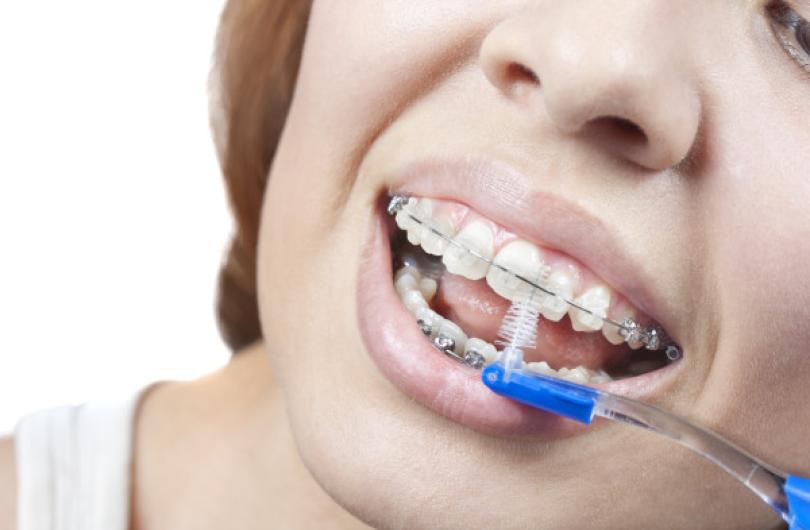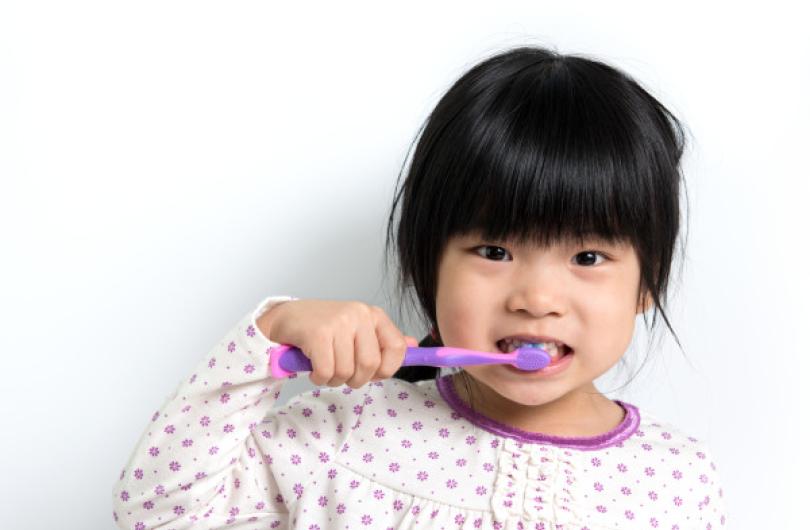For Parents
Or Call (212) 570-2221

Diet & Dental Health
A good diet is essential for a child’s proper growth and development. As with the rest of the body, the teeth, bones and soft tissues of the mouth require a well-balanced diet for optimal health. Various factors determine how diet affects a child’s teeth, for example: frequency and duration of eating and drinking carbohydrate-containing food. The more often a child snacks, the greater the chances for tooth decay. Also, how long food remains in the mouth also plays a significant role.
For example, hard candy, such a lollipops or sucking candies, are basically 100% sugar and remain in the mouth for a long time, causing longer acid attacks on tooth enamel. Potato chips, corn flakes, crackers, and bread are all examples of carbohydrate-rich foods that have the potential to cause decay. Starches to break down into sugars that then dissolve and clear the mouth over a prolonged time period. The decay process continues until this process is completed OR until the teeth are cleaned. When thinking about the cavity potential of a particular snack, remember to think in terms of how many carbohydrates it contains, how long it remains in the mouth following consumption and how often frequency snacking occurs.
Infant Oral Health
The ideal time for your child’s first dental visit is by twelve months of age. By starting early, we can enable your child to enjoy the lifelong benefits of a healthy mouth. The earlier the visit, the better the chances of preventing tooth decay and other problems. Some dental problems unfortunately begin very early in life.
A common childhood dental disease is Baby Bottle Tooth Decay, or early childhood caries. This serious dental condition is caused by long, frequent exposure to liquids such as milk, breast milk, formula, and or fruit juice. Putting a baby to sleep with a bottle containing any liquid except water can cause serious and rapid tooth decay. These liquids pool around the teeth thereby giving plaque bacteria an opportunity to produce acids that attack tooth structure. Often times the parent is not aware of this process because it occurs on the backs of the upper front teeth where it is not easily visible.
After each feeding it would be wise to wipe or brush the baby’s teeth with a damp washcloth or gauze pad to remove food and plaque. The easiest way to do this is to sit down, place the child’s head in your lap or lay the child back on a flat surface. Your position should enable you to see into the child’s mouth easily, and visualize the teeth that need to be brushed. Do not use toothpaste until the age of 18 months at which time you should only place a small pea size drop of toothpaste on the brush. Ingestion of large amounts of toothpaste on a daily basis could result in fluorosis (mottling) of the permanent teeth.

Habits
Many infants and young children use thumbs, fingers, pacifiers and other objects in their mouths for various reasons. It may make them feel secure, happy, provide a sense of security, or help them relax thereby inducing sleep. Although sucking is a natural reflex in children, these habits can produce alterations in the normal relationships between teeth and jaws. The intensity and duration of these sucking habits influence how severe the problem will manifest itself in the mouth. Children should try to cease thumbsucking by the age of five.
If your child has difficulty stopping we can help to explore how this can be accomplished. Pacifiers can be less damaging because at around the age of one, the parent can remove them since the suckling reflex is winding down. Continued use of the pacifier helps to continue the act as a habit, which become as difficult to break as the thumb.
If their child is motivated, there are various ways that parents can help their child break the thumb habit. Besides Band-Aids and gloves that may be used as reminders, a chart reinforcement system can also be helpful. Using the chart to follow document progress, with rewards forthcoming could work for some children. Copy it and see how it works for your child.
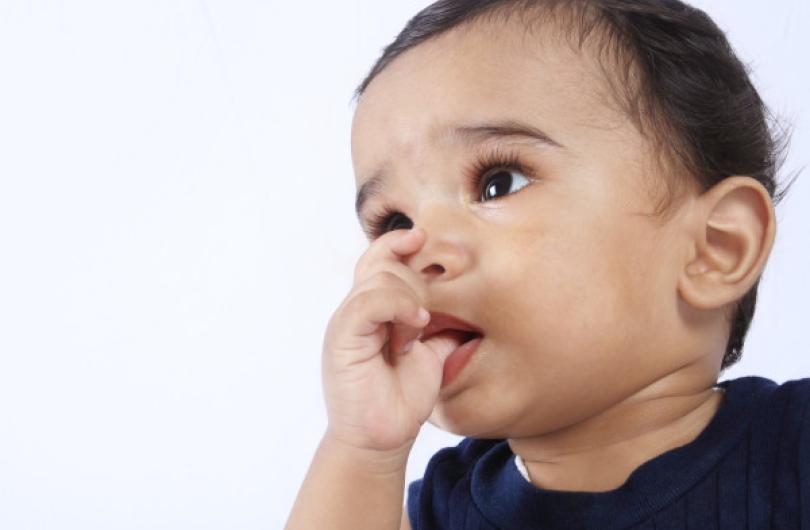
Hygiene
Brushing and flossing are important in the removal of plaque and the bacteria that can be harmful to the teeth and gums. A toothbrush of the appropriate size should be used with soft bristles. The brush should be checked periodically and replaced when worn to assure that effectiveness is maintained. Daily brushing should begin as soon as the first tooth erupts into the mouth. A pea-sized amount of fluoride toothpaste can be used starting at 2 years of age. Young children should be monitored closely for appropriate amounts of toothpaste in order to avoid ingestion in large amounts. Patterns should be established early for morning and before bed brushing. After meal and snack brushings should be encouraged especially when the foods contain retentive sugars or carbohydrates.
By age 5 or 6, children should be able to brush their own teeth, but with supervision. There are various techniques in brushing, but the simplest is to place the toothbrush against the gums and move the brush back and forth gently in short strokes. All the surfaces of the teeth must be cleaned which include the outer, inner and chewing surface of the back teeth. Some children can benefit from a powered toothbrush that may help them be more effective, however supervision is essential to make certain that adequate time and effort are employed.
The best position for helping in the brushing process especially for the young child is from behind with the head back. This enables the parent to control the head and be able to visualize the teeth better for more effective brushing. For older children flossing is an important addition to good oral hygiene. It removes plaque between the teeth where a toothbrush can not reach. Flossing is a difficult skill to master and you may need to floss your child’s teeth until he or she can do it alone. The technique should be done in a “down-around-and out” manner. Back and forth flossing over time can be damaging.
Importance of Baby Teeth
It is extremely important that the primary teeth be kept healthy until they are lost naturally. They serve some extremely important functions e.g.:
- They maintain good nutrition by permitting your child to chew properly.
- They are important in allowing good pronunciation and speech habits.
- They help your child feel good about the way he/she looks to others.
- They help guide the proper eruption of the permanent teeth.
- They hold the space that eventually will be occupied by the permanent teeth.
In some cases when primary teeth are lost too early, the space that is left may need to be maintained by a “space maintainer” to ensure there will be enough room for the permanent teeth.
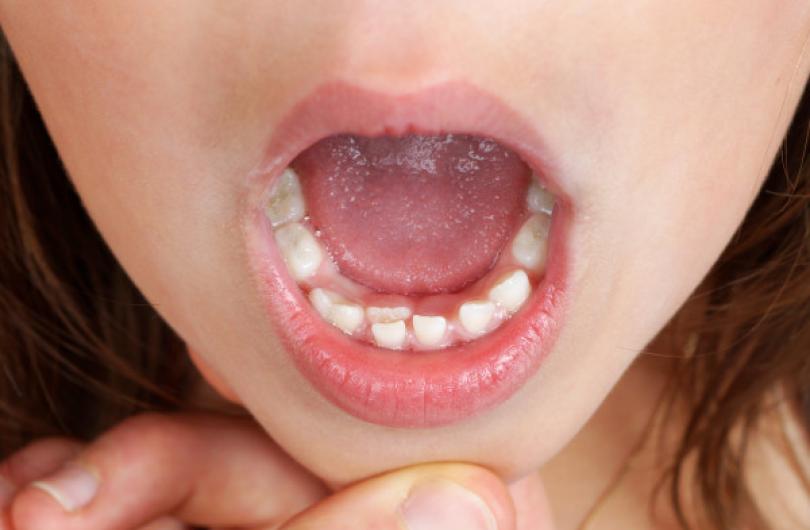
Pediatric Dentists
Pediatric dentists are the pediatricians of dentistry. We are specially trained for children’s unique dental health needs. Our professional education includes two to three years of specialized study after becoming a dentist, emphasizing child psychology, growth and development. Infants, preschoolers, children and adolescents each need different approaches in dealing with their behavior, guiding their dental growth and development, and helping them avoid future dental problems.
As pediatric dentists we are better qualified to meet those needs. The specialty training that we have allows us to provide the most up-to-date and thorough treatment for a wide variety of children’s dental problems. This training enables us to better treat the special patients that may have emotional, physical or mental handicaps.
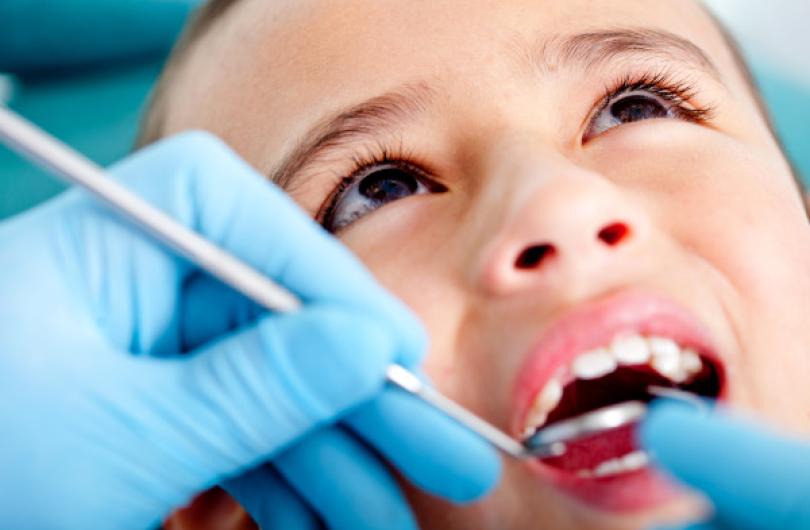
View Our Services
At our office, we pride ourselves on providing the most up-to-date and safe treatment options for our patients and their parents. Please click here for an overview of the services we offer.
Prevention
There is a prescription for helping your child to have healthy teeth and gums for a lifetime. This list provides you with the means by which to accomplish it.
- Effectively brush the teeth at least twice a day using a fluoride toothpaste.
- Snack in moderation.
- Chew sugarless gum instead of snacking.
- Visit our office regularly.
- Get enough fluoride through the drinking water.
- Supplement with fluoride systemically if there is none in the drinking water.
- Before bed rinse with a fluoride mouthwash.
- Have sealants applied to the chewing surfaces of permanent back teeth soon after these teeth come in
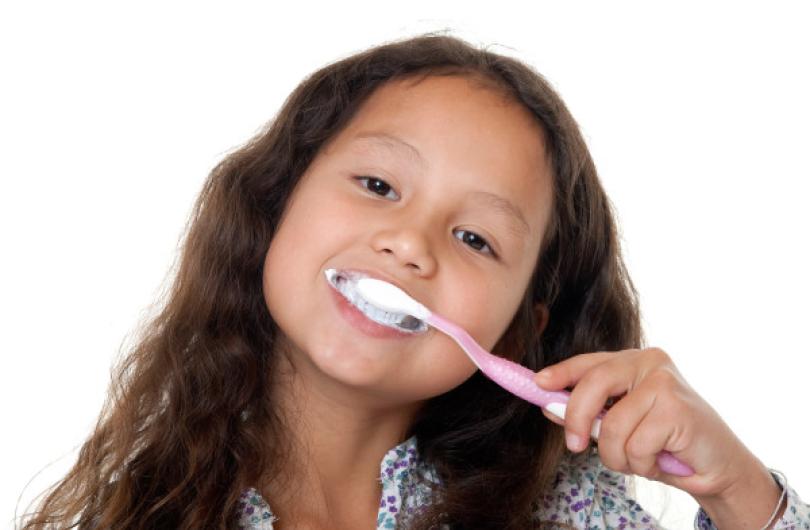
Orthodontics
A malocclusion or bad bite often times may become more noticeable between the ages of 6 and 12, when the permanent teeth come in. The malocclusion may be inherited or result from events in the child’s development. Some of the problems associated with it include:
- More difficulty in keeping the teeth and gums clean where teeth are crooked or crowded. This increases the risk of tooth decay and gum disease.
- Interference with proper development of the jaw.
- Protruding teeth that are more easily chipped or fractured.
- Possible interference with normal speech.
- Possible abnormal wearing of teeth.
- Unattractive bites that can subject some children to ridicule, and low self-image.
Early examination and treatment may help prevent or reduce the severity of malocclusions. Starting treatment or preventive care at the proper time can reduce the overall treatment time and result in a better outcome. Some preventive orthodontic treatment can be started even when the baby teeth are still in place.
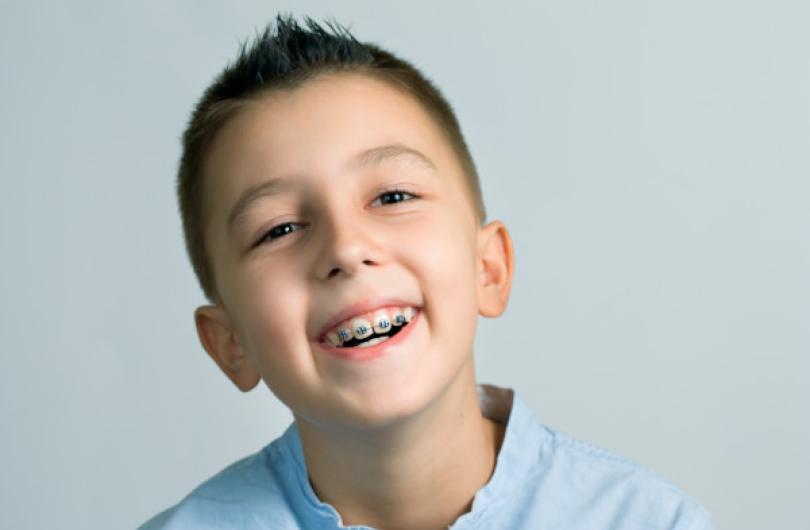
Special Care for Orthodontic Patients
We must do everything we can to protect the teeth while orthodontics is ongoing and when it is finished. The following is a list of those things that will help towards keeping a healthy smile. Utilizing as many of the aids on the list the better.
- Daily brushing twice a day, and following meals when possible.
- Limit the frequency of snacking and restriction of those snacks that are sticky.
- Use a proxibrush (with toothpaste) to remove debris from under the wires and around the brackets
- Use a prescription fluoride toothpaste e.g. Prevident before bed.
- Use a regular toothpaste e.g. Enamelon during day brushing.
- Use listerine mouthwash prior to brushing.
- Try an electric toothbrush e.g. Braun Oral B or Sonicare to enhance brushing effectiveness.
- Try an Oral Irrigator e.g. Water Pik to help clean gums and braces.
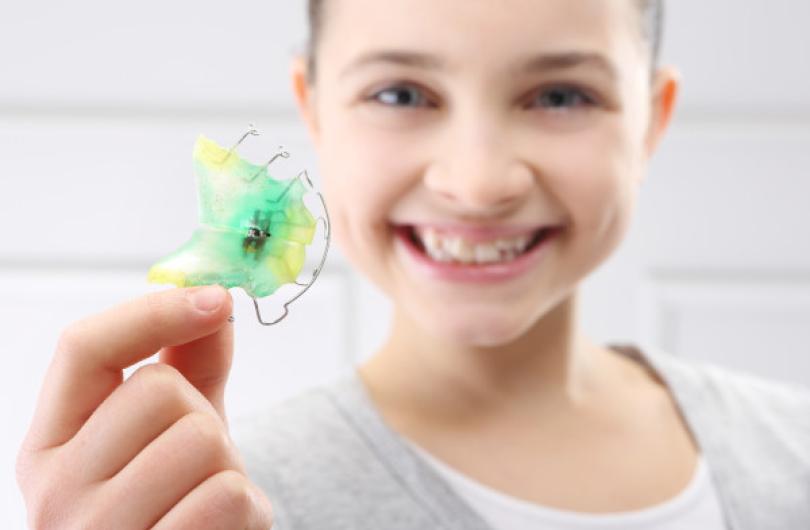
Special Care for Braces & Appliances
Orthodontic appliances place the teeth at increased risk for the development of demineralized areas (white spots) and cavities. We must do everything we can to protect the teeth while orthodontics is ongoing. A mouth full of cavities will mar the pleasure of having finally achieved straight teeth. The following is a list of those things that will help to shift the balance towards the maintenance of healthy smile utilizing as many of the aids on the list, the better…
- Daily brushing twice a day, and following meals when possible.
- Limiting the frequency of those snacks that stick to the appliances.
- Use a proxibrush to remove debris from under the wires.
- Use a prescription fluoride toothpaste e.g. Prevident before bed.
- Use a regular toothpaste such as Enamelon during daily brushing.
- Listerine mouthwash prior to brushing
- Try an electric toothbrush – eg. Braun Oral B™, or Sonicare™ to enhance brushing effectiveness.
- Try an oral irrigator eg: Water Pik™ to help clean around gums and braces.
